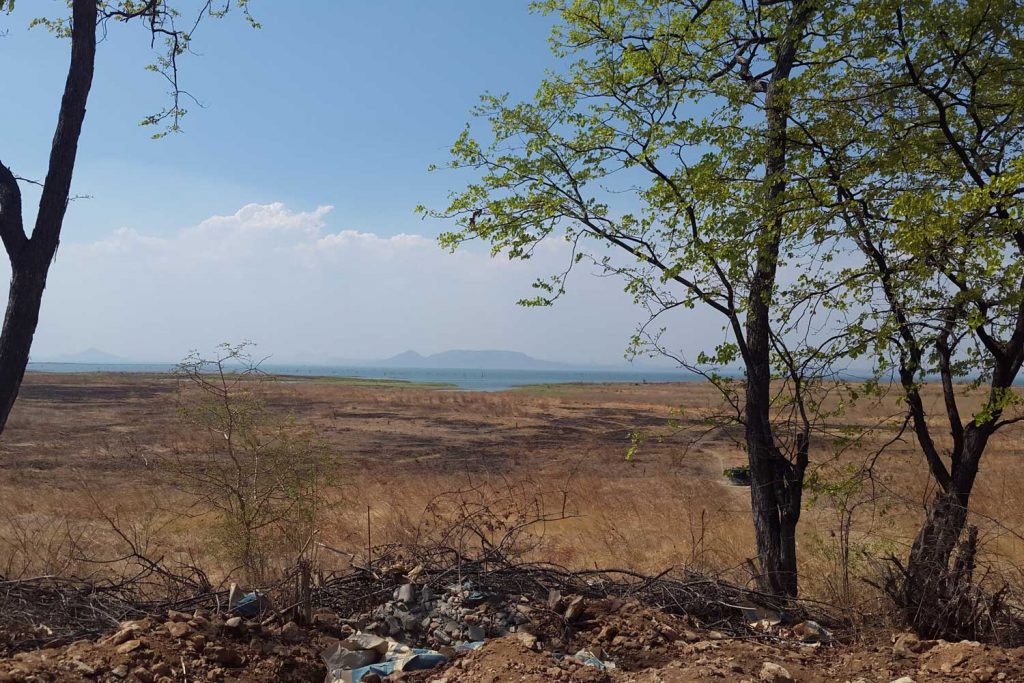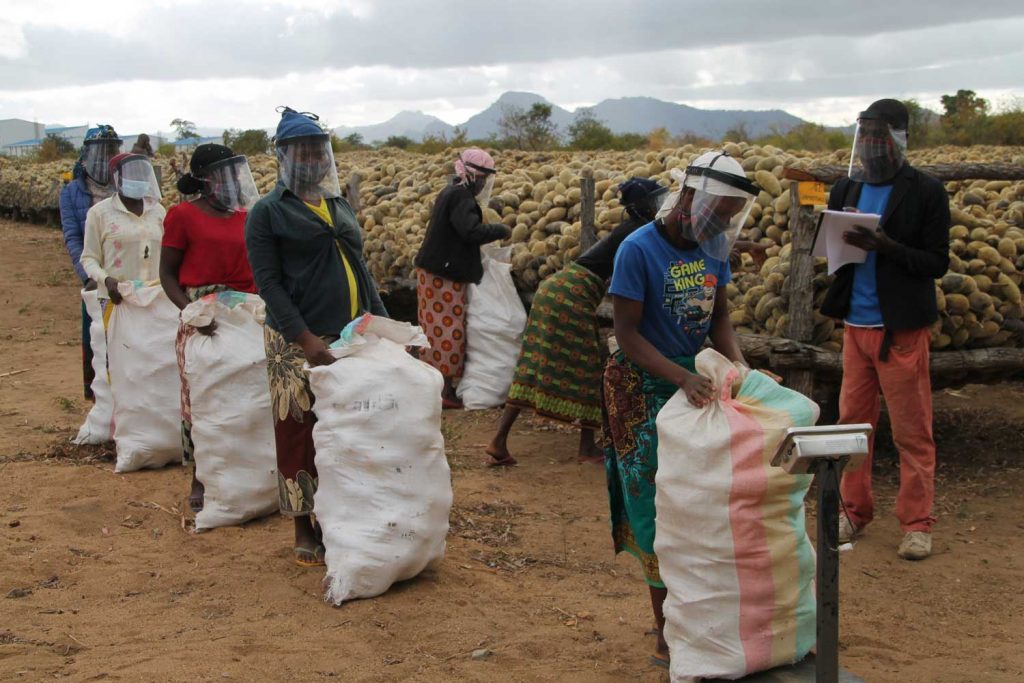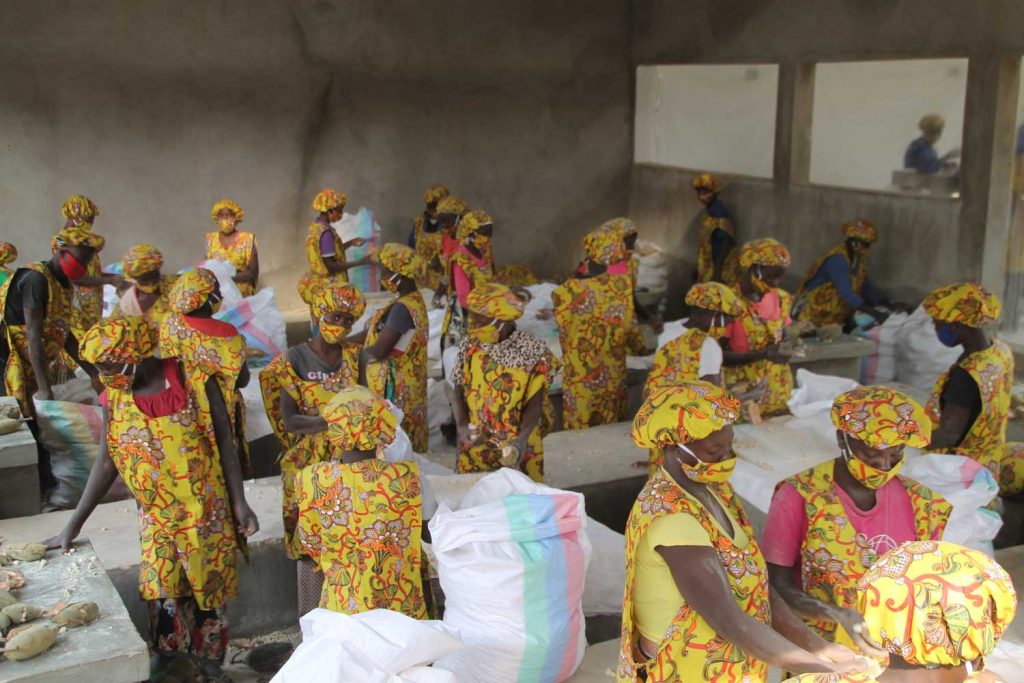About us
What we do and why
Mozambique is a wonderfully diverse country with 2,700km of coastline, rich biodiversity, a youthful population, vast areas with potential for commercial agriculture, and reserves of natural resources (gas, gold, gemstones and forests) that if properly developed have the potential to turn a country that was just a few years ago among the poorest in the world into a middle-income country, one of the leading economies in Africa.
Sadly, Mozambique is still one of the poorest nations in the world. Entrenched poverty and widening inequality affect more than 70% of Mozambique’s fast-growing population. After more than a decade of high rates of economic growth, and billions of US$ in investment, why is this still the case? There are many reasons, including the colonial and post-colonial history of the country.
Ultimately, however, the real cause of entrenched poverty is that Mozambique’s political and economic system is yet to challenge the extreme inequality in the country.
In 2019, the city of Beira on the coast of Mozambique, was devastated by Cyclone Idai. Another cyclone, Kenneth, followed a few weeks’ later, causing huge destruction in the north of the country. These extreme weather events illustrate another challenge for Mozambique, and most especially for its majority of poor people: the country’s vulnerability to ecological threats.
The scale of the challenges facing Mozambique is daunting, so what are its future prospects? There is hope: investment is taking place, mostly in extraction of natural resources, but also in agriculture and small-scale manufacturing. However, the scale of investments and the number of jobs created is dwarfed by the number of people seeking a viable economic livelihood.
We believe poverty and vulnerability can only be reduced if Mozambique can adopt a more redistributive and inclusive development model. Helping bring about that transformation is a core part of Micaia’s theory of change.
Mozambique is often in the news for the wrong reasons – in 2021 it is the war in Cabo Delgado region. That conflict has many dimensions and causes, but one is clearly the fact that while billions of US$ are invested in the development of natural gas, and while ruby mining makes millionaires of members of the elites, the vast majority of local people remain extremely poor. And this is the story of modern Mozambique.
Entrenched poverty and widening inequality
Despite more than a decade of 8%-10% economic growth, the proportion of people living in poverty in Mozambique is still around 55%, with another 20% only a poor harvest or a lost job away from falling back into extreme poverty.
- Only 12% of working age people have a job that pays them a salary.
- Household income is just $100/month, which spread among an average of 7 people does not go very far in covering the costs of medicine, school fees, clothing and food.
- Mozambique remains one of the world’s most food insecure countries (70% of the population lacks food security)
- Despite gains in enrolment, education standards remain poor: less than 5% of children in Form 3 reach appropriate reading competence, and less than 8% reach the standard in maths.
Prosperity for the few and not the many
The reasons for Mozambique’s current state of development are many and complex. They include the historical factors of the country’s colonial experience, its independence struggle (1969-74) and the long civil war (1977-1992) that left the country’s economy critically weak. They also include the impact of dramatically different (social and neo-liberal) economic and social priorities imposed initially by the independent government and, later, by international donors.
The very physical geography of the country is also a challenge, with the far south always more integrated with South Africa than with the centre and north of its own country. However, geographically uneven investments in public services have contributed to increasing inequality between the regions of the country. Similarly, the lack of investment in infrastructure connecting the south, particularly the large urban centres of Maputo and Matola, with the centre and north, results in very high transport costs for produce from farming zones such as Manica, in the middle of the country, and means that producers in these zones cannot compete with imported food products.
Underpinning all these challenges is the biggest one of all: a political and economic system that favours the few and not the many.
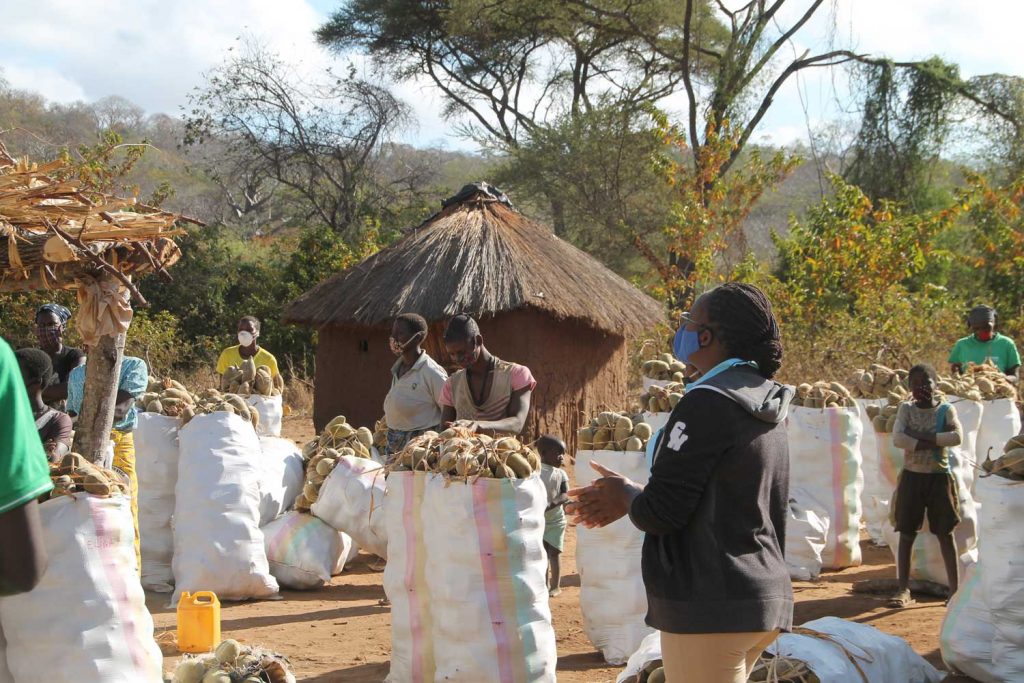
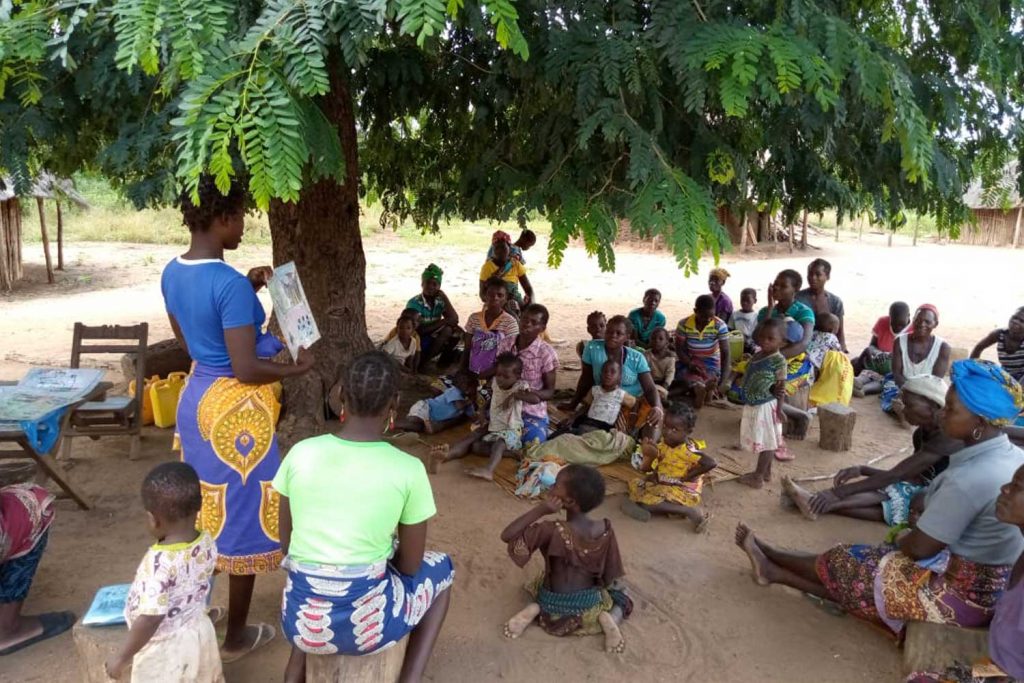
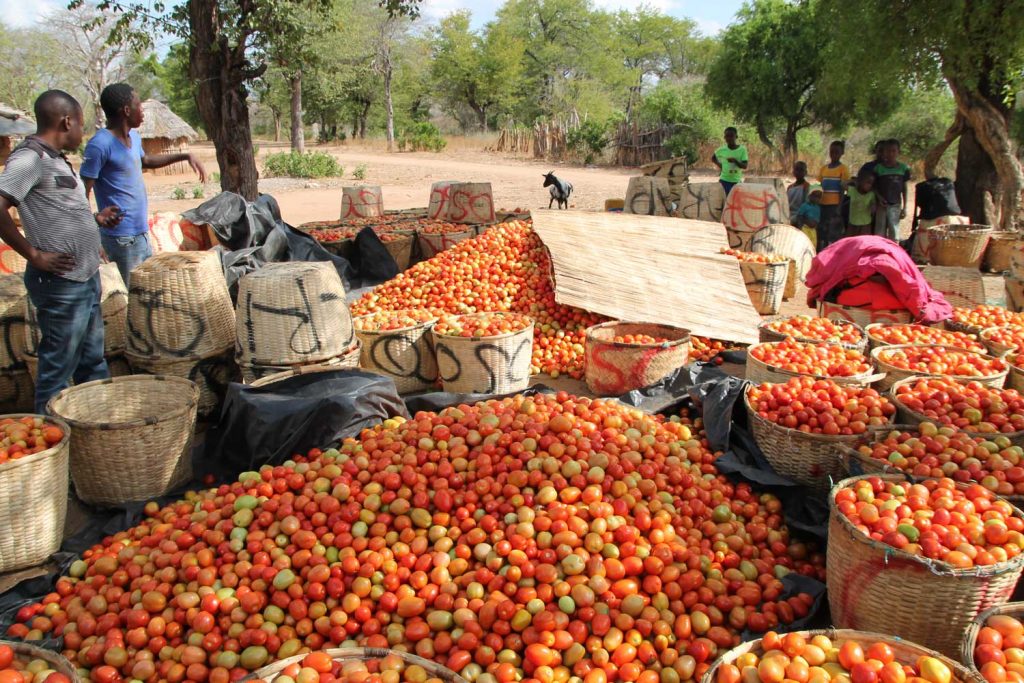
Our Purpose and overall Theory of Change
Micaia’s mission is to help create the conditions in which Mozambican people can secure their well-being and develop their capabilities to prosper.
We take a holistic approach, mirroring the fact that for most people, well-being means more than money; it has social, emotional, and environmental dimensions. Through our hybrid structure and the use of a mix of subsidy, social investment and commercial development, we contribute to building a good society.
Micaia’s Theory of Change begins with our understanding of the ‘good? society’ – one in which all people have the capabilities to prosper, to develop their potential and flourish not only materially, but emotionally. It is a society in which all people are treated with care and respect, and in which people’s agency is nurtured and encouraged to enable them to be active citizens.
Micaia’s Theory of Change is designed to address the complex set of causal factors that currently mean a large majority of people in Mozambique are struggling in poverty and vulnerability, unable to fully develop their capabilities to prosper.
The long-term change we seek – our vision – is a Mozambique in which all people have the capabilities to prosper.
The preconditions for this vision being achieved – the high-level outcomes that all development actors (government, NGOs and private enterprise) should be working towards putting in place – are many, but the main ones are:
- A society that ensures all of its citizens have a secure basic standard of living.
- A peaceful, tolerant society in which all citizens are encouraged to be active in civil and civic life, contributing to and leading development in their communities.
- A resilient society that ensures that its management and use of resources balances the needs of the current generation with those of generations to come and the planet they will inhabit.
- A society and economy that creates the conditions to enable all people to engage in rewarding economic activities.
Micaia exists to make a contribution to meeting these preconditions. Put another way, Micaia’s mission is to help create the conditions in which Mozambican people can secure their well-being and develop their capabilities to prosper.
We can’t do this everywhere, so we focus our work in one Province, and in three contrasting Landscapes. Our theory of change is that if in these three contrasting landscapes we can help build resilient communities in which people secure their basic well-being and have the capabilities to prosper, we will have a body of evidence and learning with which to inform the provincial and national development processes, not only in Mozambique but elsewhere in the developing world.
The hybrid nature of Micaia enables us to respond to the complexities of the challenges we face, deploying subsidy and investment. A key part of building resilience is creating opportunities for people to earn a decent living, but too many people are currently exploited or excluded. We are working to change the nature of trade and create opportunities for decent work and inclusion in strong value chains. Our theory of change is that if we can develop businesses that achieve lasting commercial success while paying workers and suppliers fairly and creating opportunities for workers, suppliers or producers to have a stake and be active in the businesses, we will have a body of evidence and learning with which to try and influence business models and value chain development.
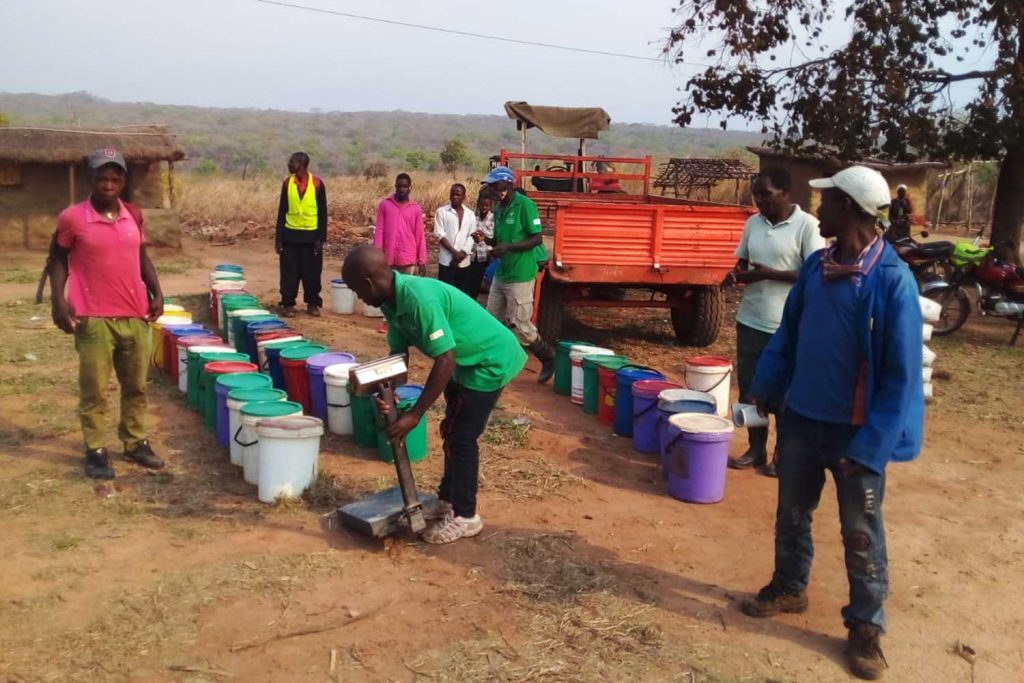

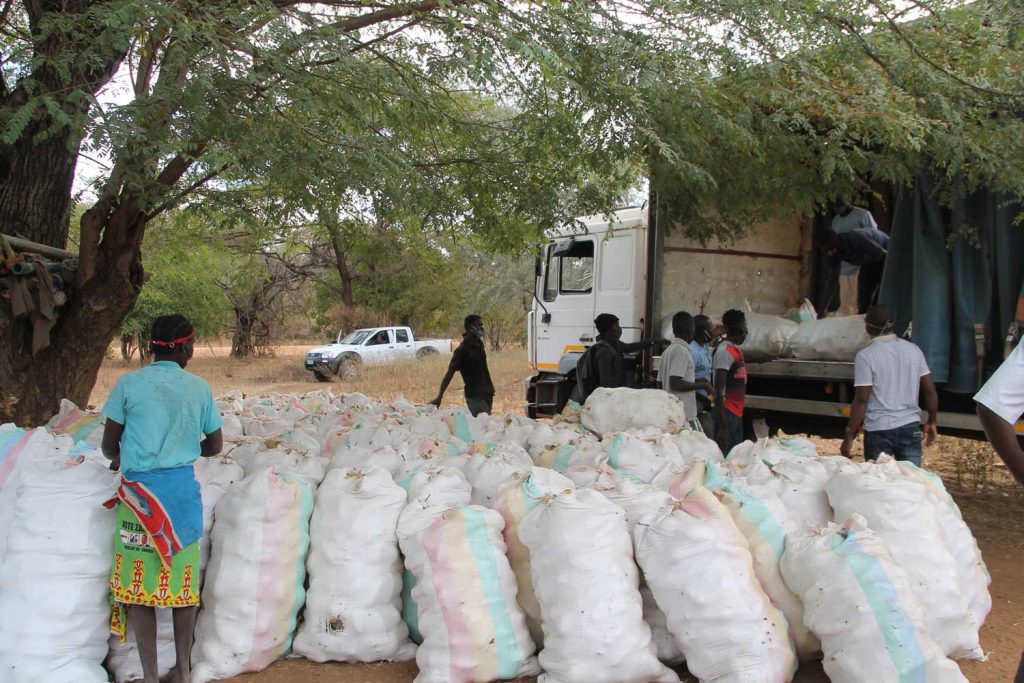
Vulnerability to ecological threats
Mozambique’s population is expected to increase by 109% from 31.26m in 2020 to 65.31m in 2050. This will place great strain on natural resources, food and water, not to mention security in a context of growing inequality with high percentages of (young) people unable to find work. Mozambique faces three threats of natural disasters: floods, droughts, and cyclones. In the period 1990-2019, Mozambique was the 4th most affected country in sub-Saharan Africa in terms of natural disasters, and in 2019 alone, the country suffered five natural disasters, including Cyclones Idai and Kenneth.
The ecological threats that Mozambique faces are exacerbated by the very high rate of deforestation the country is witnessing. This is also leading to serious biodiversity loss even in key conservation areas.
Future prospects
In the short-term, ‘more of the same’ is inevitable, as change takes time. For Micaia, the real issue is the direction of travel: can Mozambique shift to a more redistributive and inclusive development model? And what can Micaia do to help make that happen?
There are positive signs. Mozambique does have vast natural resources that could generate a step-change in government revenues allowing for transforming Mozambique into a middle-income country. Much will depend on gas (doubts continue about the long-term return to Mozambique because of changes in the global demand for and price of gas), but with or without a gas dividend, significant reduction in poverty and inequality will only happen with a change in development model.
Across the country there are examples of local leaders facilitating positive change in their communities. Since 2019, for instance, there has been rapid transformation of Chimoio led by the Mayor. Most if not all neighbourhoods now have essential services, and roads are being improved.
There continues to be growth in foreign direct investment, particularly in land-based investments (forestry, fruit production) as well as in the various extractive industries. In the south of the country, real estate investments and construction industries are booming, though these developments exacerbate the regional disparity in investment across the country.
The problem is that the scale of investments and the number of jobs created is dwarfed by the number of people seeking a viable economic livelihood. With growing pressure on land (from investors as well as population growth), further expansion of cities and smaller urban centres is inevitable, placing additional strains on public services, and bringing new challenges in the form of larger numbers of economically poor and vulnerable people living in urban and peri-urban areas.
The growth in urban populations across the country does create new opportunities for supplying local markets with local products – including food and natural products – and given the integration of the south with South African supply chains, the expansion of local supply chains in the centre and north could be very important as a parallel development priority alongside encouraging export-oriented production.
